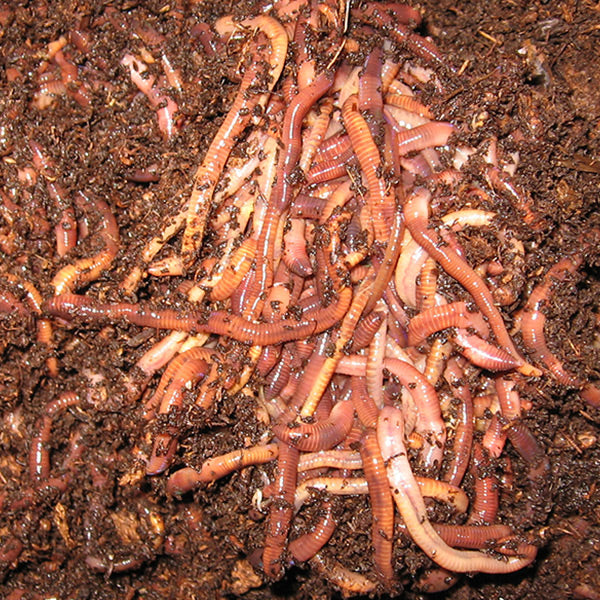How Red Wiggler Express can Save You Time, Stress, and Money.
How Red Wiggler Express can Save You Time, Stress, and Money.
Blog Article
Some Known Details About Red Wiggler Express
Table of ContentsSome Known Factual Statements About Red Wiggler Express Some Of Red Wiggler ExpressThe Buzz on Red Wiggler ExpressA Biased View of Red Wiggler ExpressWhat Does Red Wiggler Express Do?
And the prospering Red Worm populace? Even in the heap that was set up straight in front of yard composters with existing Red Worm nests.
Many varieties, consisting of Red Wigglers, European Nightcrawlers, and Lumbricus species were brought over from the European continent. However below's the thingNative or otherwise - and as gifted as they are at having the ability to make it through in a wide-range of atmospheres and problems -. In other words, they are even more most likely to hang out in any kind of energetic composting systems you have established up, than they are to roam off and start ruining the environment.
Origins require oxygen for respiration and depend on smooth air movement within the soil to grow. Nevertheless, when it rainfalls, soil can end up being saturated with water, decreasing the oxygen offered and impeding nutrition absorption - Where To Buy Worms. To maintain an optimum balance, the dirt should allow water to drain pipes appropriately, leaving adequate space for air to sustain root health
Red Wiggler Express Things To Know Before You Buy

When it involves worms for composting, what comes to mind? If you were an earthworm dog breeder, dealer, or plain garden enthusiast, after that you 'd know that red wiggler worms are the excellent worms for vermicomposting. To find out more regarding these planet marvels, reviewed with a few of the red worm truths below.
(https://www.bedirectory.com/Red-Wiggler-Express_384238.html)However if they stretch their bodies, you'll have the ability to see the stripes on their skin. When increasing worms such as red wiggler worms, you must have the ability to recognize how to profit them. When you're able to maintain and look after their environment well, and also feed them the ideal sort of natural wastes, then they'll have the ability to create nutrient-packed and quality-rich worm castings for you (likewise called worm poop or compost).
The Ultimate Guide To Red Wiggler Express
What do worms consume? Well, these red wriggler worms can be fed with kitchen area scraps and yard wastes.

This behavior makes them well-suited forever in worm bins, compost stacks, and other constrained rooms where organic waste is plentiful. Producing an ideal setting for red wigglers needs a thoughtful strategy. Take into consideration the adhering to important aspects to take care of red wigglers in your home and ensure their well-being: Utilize a bed linens of shredded paper or cardboard.

Add a handful of dry, shredded newspaper if the bin comes to be also damp. They do! Red wiggler worms reproduce by laying little, lemon-shaped eggs in protective cocoons. These cocoons are typically deposited in the bed linens and hatch right into infant worms within a few weeks. The rapid reproduction cycle of red wigglers is one of the factors they are preferred for vermicomposting.
Facts About Red Wiggler Express Uncovered
Their versatility and resilience have made them a preferred option for vermicomposting in numerous regions around the globe. Consider safety measures for extremely severe temperature levels such as: Insulating the worm bin with layers of straw or leaves. Where To Buy Worms.

Just bear in mind - you can always add even more food later (but it's tough to get rid of feed once it's been included to a bin!).
Due to the fact that I fed the red wigglers and garden compost worms also a lot, they weren't able to maintain up and over time the older food went leftover and developed anaerobic problems that eliminated the worms. Right here're the 6 gold guidelines for exactly how often and just how much to feed your worms: Regulation # 1: Moderation!
The Best Strategy To Use For Red Wiggler Express
Uneaten food will lead to anaerobic conditions that will kill your live worms. Guideline # 6: After the very first feeding, feed the worms 1/3 to 1/2 of their weight.
Report this page